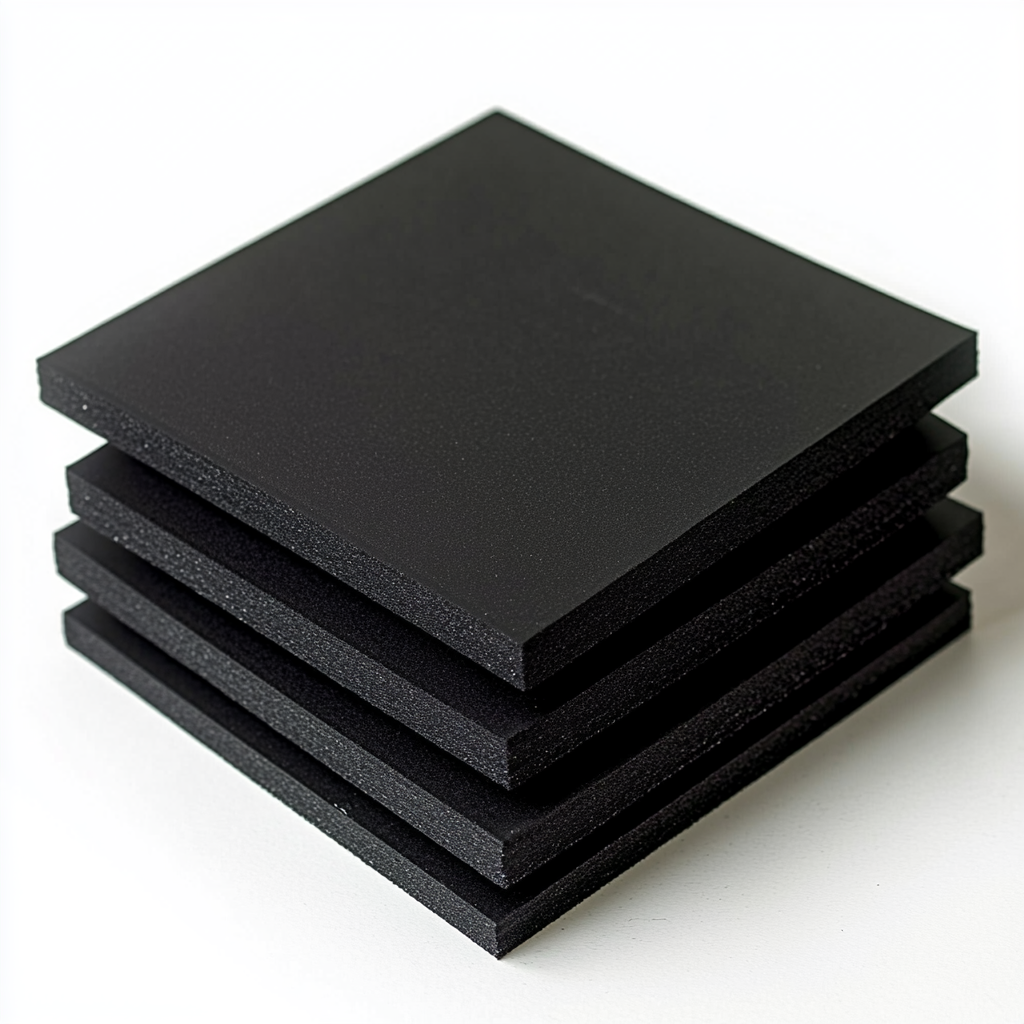
What is Waterjet Cutting and When to Use It for Gasket Manufacturing?
Share
When standard gasket cutting methods reach their limits, waterjet cutting technology steps in to solve the most demanding manufacturing challenges. This advanced cutting process can slice through virtually any gasket material with exceptional precision, making it the go-to solution for thick materials, hard compounds, and applications requiring extreme accuracy.
For manufacturing professionals dealing with challenging sealing applications, understanding waterjet cutting capabilities can unlock new possibilities for custom gasket solutions. Whether you're working with thick rubber sheets, dense PTFE materials, or compressed fiber gaskets that exceed conventional cutting limits, waterjet technology offers unmatched versatility and precision.
In this comprehensive guide, we'll explain what waterjet cutting is, when it's the optimal choice for gasket manufacturing, and how this technology can solve your most challenging sealing requirements.
What is Waterjet Cutting?
Waterjet cutting is a precision manufacturing process that uses ultra-high-pressure water (up to 60,000 PSI) to cut through gasket materials with exceptional accuracy. The process works by forcing water through a tiny orifice, creating a focused stream capable of cutting through materials up to several inches thick while maintaining tolerances as tight as ±0.015 inches.
For gasket manufacturing, waterjet cutting typically operates in "pure waterjet" mode, using only pressurized water without abrasive additives. This cold cutting process generates no heat-affected zones, preserving the molecular structure and sealing properties of rubber compounds, PTFE materials, and other critical gasket substances. The computer-controlled cutting head follows programmed paths with remarkable precision, creating clean, smooth edges that often require no secondary finishing operations.
Why is Waterjet Cutting Important for Gasket Manufacturing?
Waterjet cutting addresses critical limitations that other gasket cutting methods cannot overcome, making it essential for specialized sealing applications and challenging material requirements.
Handles Extreme Material Thickness: While CNC knife cutting typically limits thickness to .25 inch and die cutting faces compression issues with thick materials, waterjet cutting easily handles gasket materials from 0.010 inches to 4 inches thick. This capability is crucial for heavy-duty industrial sealing applications requiring substantial gasket thickness.
Achieves Unmatched Precision: With tolerances of ±0.015 inches, waterjet cutting delivers the tightest accuracy available in gasket manufacturing. This precision is essential for critical sealing applications in aerospace, medical devices, and high-pressure systems where dimensional accuracy directly impacts performance and safety.
Preserves Material Properties: The cold cutting process eliminates heat distortion that can compromise gasket materials. Rubber compounds maintain their durometer and chemical resistance, PTFE materials retain their non-stick properties, and compressed fiber gaskets preserve their density and sealing characteristics.
Cuts Challenging Materials: Waterjet excels with materials that defeat other cutting methods, including dense compressed fiber, thick PTFE sheets, hard rubber compounds, and composite gasket materials. This versatility enables gasket manufacturers to work with specialized materials for demanding applications.
Eliminates Edge Finishing: The smooth, perpendicular cut edges produced by waterjet cutting typically require no secondary operations, reducing production time and maintaining dimensional accuracy throughout the manufacturing process.
Real Examples of Waterjet Cutting Applications
High-Pressure Flange Gaskets: A petrochemical facility required 2-inch thick compressed fiber gaskets for high-pressure pipeline flanges. Waterjet cutting delivered the precise dimensions and smooth edges necessary for reliable sealing under extreme pressure conditions.
Thick PTFE Sealing Components: A chemical processing plant needed custom PTFE gaskets cut from 1.5-inch thick virgin material for corrosive chemical containment. Waterjet cutting provided the clean edges and dimensional accuracy required for chemical compatibility and long-term performance.
AASHTO Neoprene Bridge Bearing Pads: A bridge construction project required custom 2-inch thick AASHTO neoprene bearing pads cut to precise specifications for structural support applications. Waterjet cutting handled the extreme thickness while delivering the dimensional accuracy and smooth edges required for proper load distribution and structural integrity.
Composite Gasket Materials: An aerospace supplier required precision cutting of specialized composite gasket materials that combined rubber and metal components. Waterjet cutting handled the mixed materials without delamination or edge distortion.
Tips and Reminders for Waterjet Cutting Success
Material Considerations: Waterjet cutting excels with thick materials (over 1 inch), hard compounds, PTFE sheets, dense compressed fiber, and materials requiring extreme precision. Consider waterjet when material thickness, hardness, or precision requirements exceed other cutting methods' capabilities.
Design Optimization: Take advantage of waterjet's precision capabilities by specifying tight tolerances where needed while relaxing tolerances on non-critical dimensions to optimize cutting speed and cost. Sharp internal corners and intricate details are easily achievable with waterjet technology.
Cost-Benefit Analysis: While waterjet cutting typically costs more per piece than CNC knife cutting or die cutting, the superior precision, material capability, and edge quality often justify the investment for critical applications or challenging materials.
Lead Time Planning: Waterjet cutting requires more time per piece than other methods due to the precision involved. Plan accordingly for projects requiring large quantities, though the elimination of secondary finishing operations often balances overall production time.
Quality Expectations: Expect exceptional edge quality and dimensional accuracy from waterjet cutting. The process produces smooth, perpendicular cuts with minimal taper, often exceeding the quality achievable through conventional gasket cutting methods.
Waterjet cutting represents the pinnacle of precision gasket manufacturing technology, offering unmatched capabilities for challenging materials and demanding applications. When conventional cutting methods reach their limits, waterjet technology provides the solution for thick materials, extreme precision requirements, and specialized gasket applications.
The investment in waterjet cutting pays dividends through superior gasket performance, reduced waste, and the ability to tackle projects that would be impossible with traditional methods. For manufacturing professionals facing challenging sealing requirements, partnering with a gasket manufacturer equipped with advanced waterjet capabilities ensures access to the most sophisticated cutting technology available.
Facing challenging gasket cutting requirements that exceed conventional methods? Our precision waterjet cutting systems can handle your most demanding projects with exceptional accuracy and superior edge quality. From thick PTFE sheets to dense compressed fiber materials, we deliver waterjet-cut gaskets that meet the tightest tolerances and most challenging specifications. Contact our gasket manufacturing experts today to discuss your waterjet cutting requirements and receive a detailed quote for your precision gasket project.
Email us at info@modernrubberproducts.com to get started on your project today!
